Michael Hauge on Plotting
 Last month I talked about Michael Hauge’s conceptualization of Character . This month I’ll tell you what he says about Plot. This is not meant to substitute for attending one of his workshops, watching his DVDs, listening to his CD, or reading his books. Check his website here for more information. Remember, Hauge is primarily addressing the writing of screenplays, but what he says can also apply to writing popular fiction, like Romance.
Last month I talked about Michael Hauge’s conceptualization of Character . This month I’ll tell you what he says about Plot. This is not meant to substitute for attending one of his workshops, watching his DVDs, listening to his CD, or reading his books. Check his website here for more information. Remember, Hauge is primarily addressing the writing of screenplays, but what he says can also apply to writing popular fiction, like Romance.Hauge says that all stories are about a character pursuing a visible desire and facing visible conflict. The purpose of any story is to elicit emotion. In a good plot, the right thing happens at the right time to elicit maximum emotion. (There’s a great question to ask yourself with every scene—Have I made the right thing happen at the right time and does it elicit maximum emotion?)
Hauge describes a Six Stage Plot Structure
1. Set-up
The purpose of the set-up is to draw you into the setting and to establish tone. The set-up also ought to create sympathy for the main character—the hero-- (in a Romance, this character/hero could be the hero, the heroine, or both) and shows the hero in his ordinary world. At the end of the set-up, at approximately the 10% mark of the total screenplay (or book), there is a turning point, an opportunity that gives the hero a new goal and moves him into a new situation.
2. New Situation
Now the hero begins to pursue his new goal, until at the 25% mark something happens that creates a change of plans in pursuit of his goal.
3. Progress
The hero overcomes obstacles in pursuit of his goal until the 50% mark, the Point of No Return. At this point the hero makes a full commitment to the goal and he burns his bridges behind him. Now he can never go back to his ordinary world. Hauge says that in a love story, this event is often something that takes the romance to a new level—like a love scene.
4. Complications.
Now it becomes more difficult for the hero to achieve his goal. The obstacles become bigger. At the 75% mark there is a Major Setback, in a Romance, Hauge says, this means a break-up. All is lost. The hero can’t go back and his original plan won’t work.
5. Final Push
In the final push, the hero summons every last ounce of courage to try one more do-or-die thing until the 90 to 99% mark, the Climax, the moment which resolves the hero’s outer motivation and results in an inner transformation. The story is resolved.
6. Aftermath
The aftermath shows what the character’s ordinary life looks like now. It shows the hero with the reward of his journey.
Hauge suggests you analyze your favorite film to see if it fits into this Six Stage Structure. You could also analyze your favorite book. Or...your latest manuscript.
I must say, I never think of structure when I’m writing my synopsis, which is my plot outline, but after I’ve thought it up and written it, I check to see how it fits in the structure and then I make adjustments.
What do you think? Does this plot structure make sense to you?
If it does, I urge you to explore more about what Michael Hauge has to teach us about story-telling.
Any questions? Comments? (remember that $20 gift card to Border's Theresa is awarding on March 31 to one lucky commenter)
Visit my website to see what plots I've conjured up and to enter my contest celebrating my friend Kathryn Caskie's new book How to Propose to a Prince.

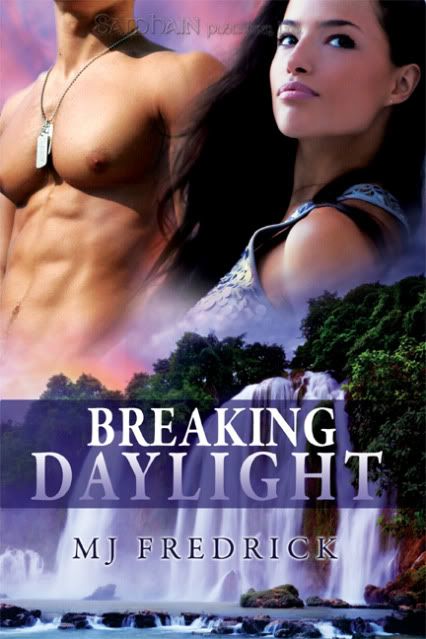
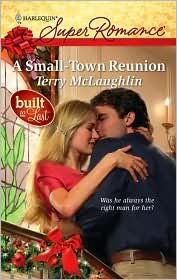
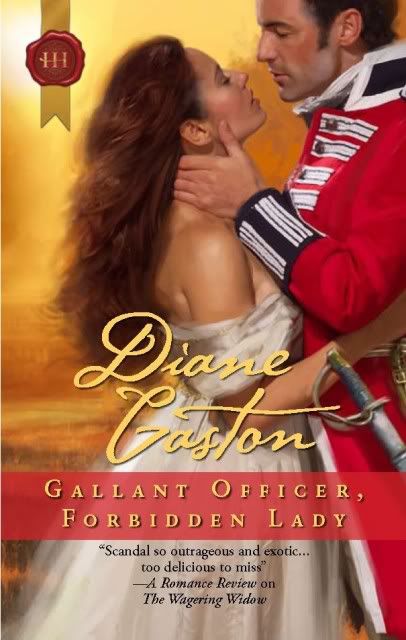
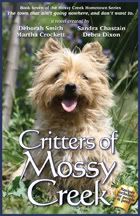

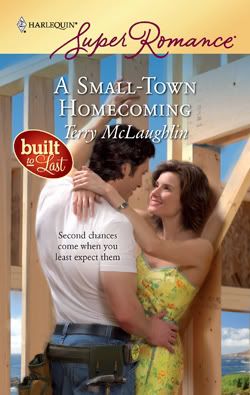
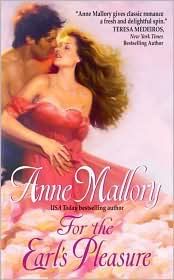

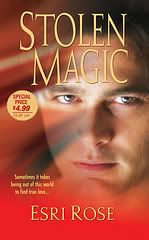
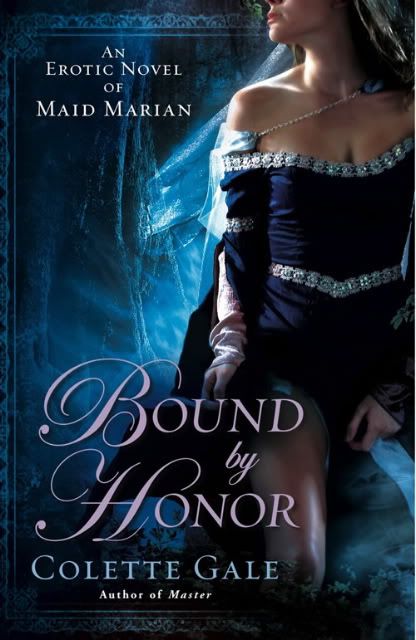
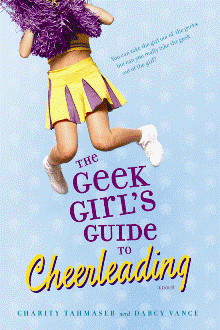
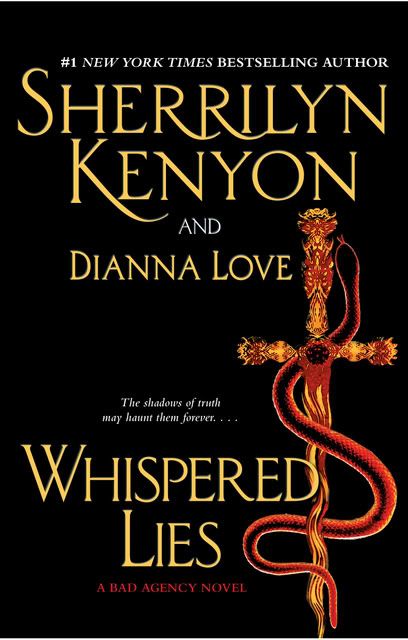
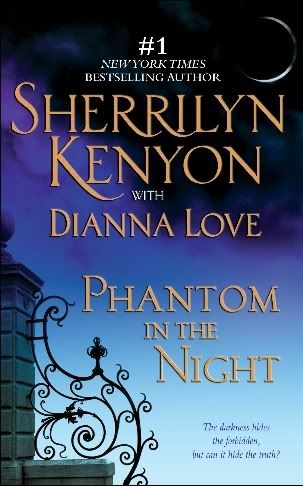

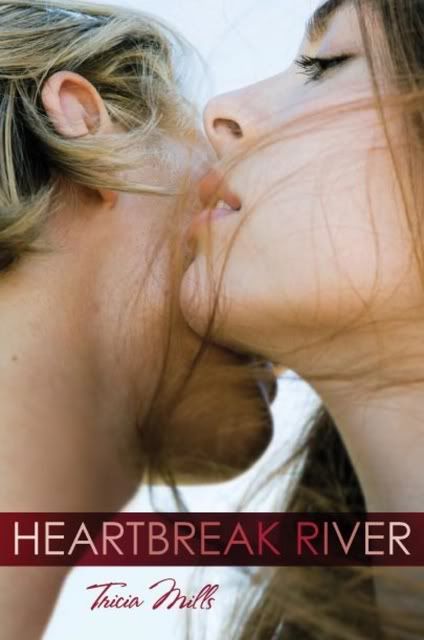


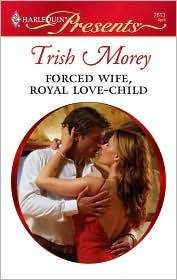
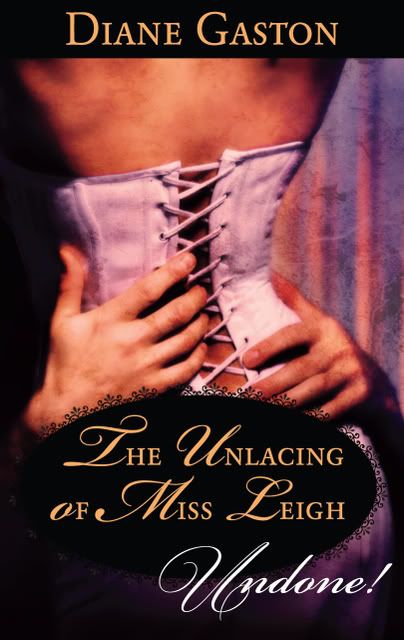




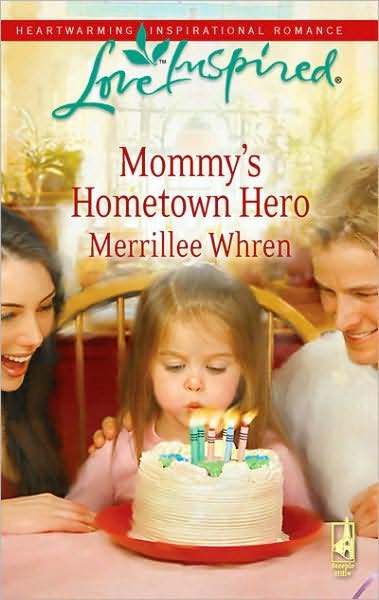
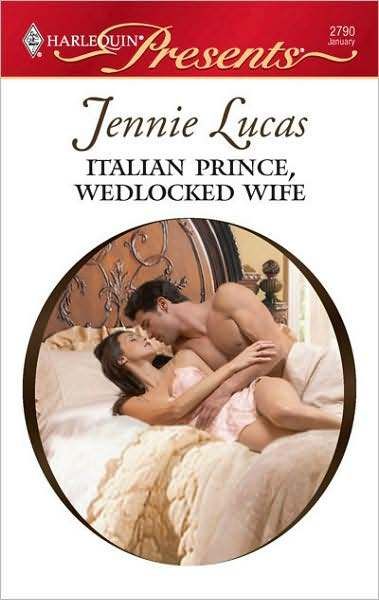
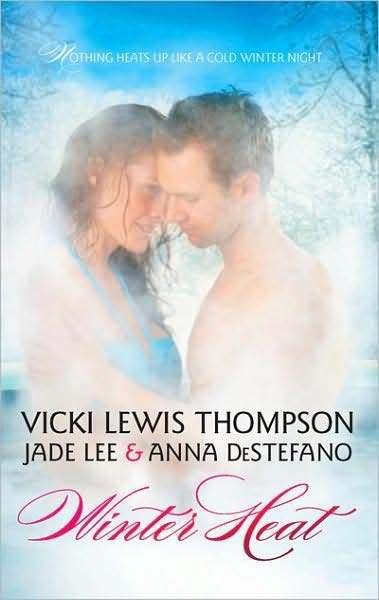
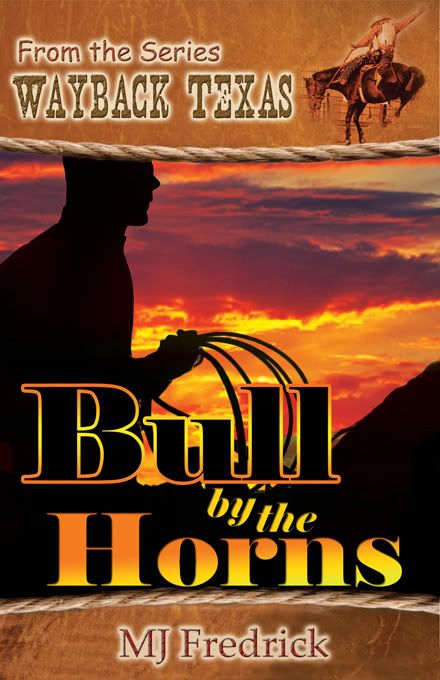
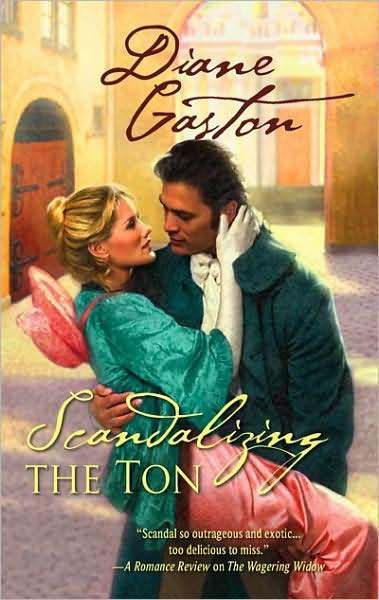
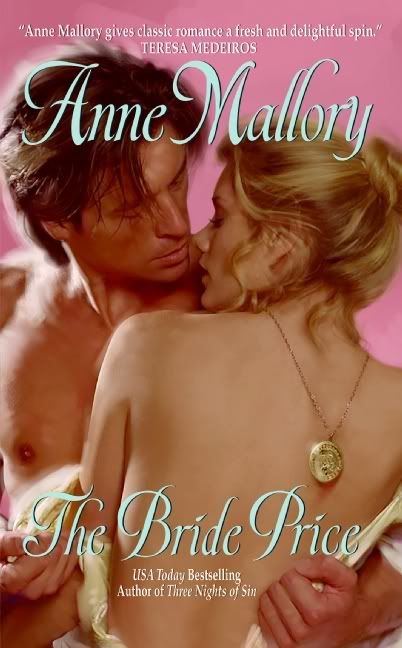
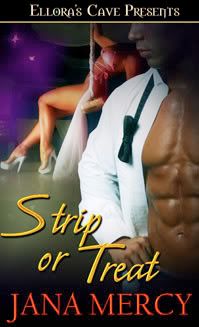
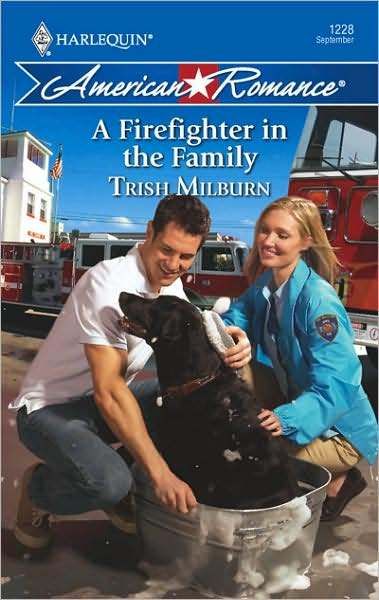
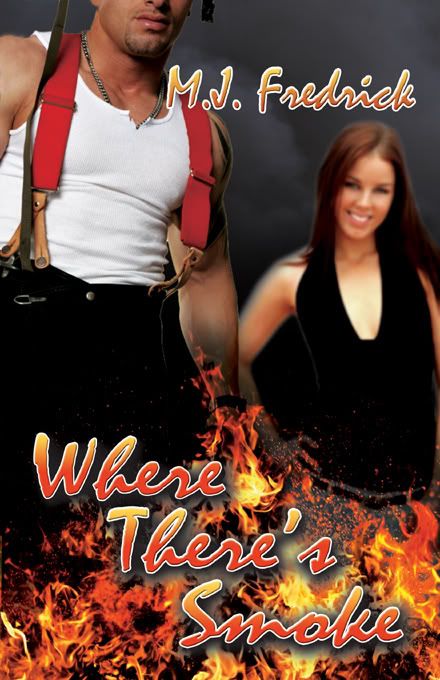
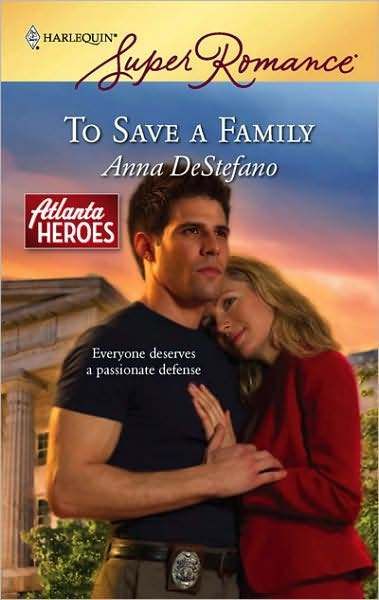


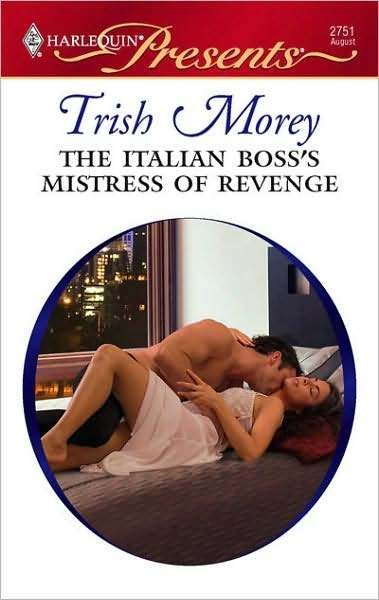
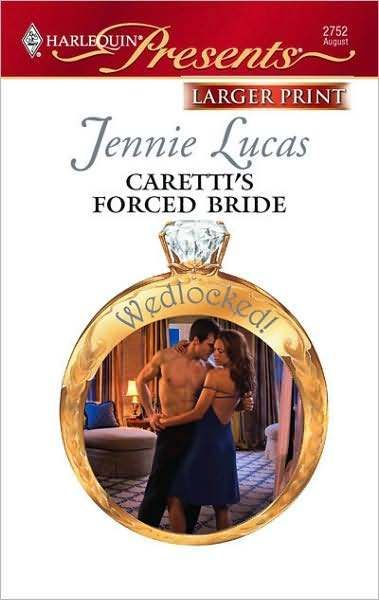



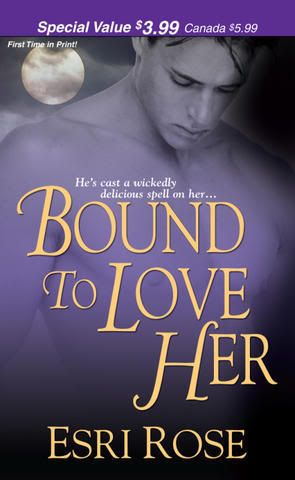

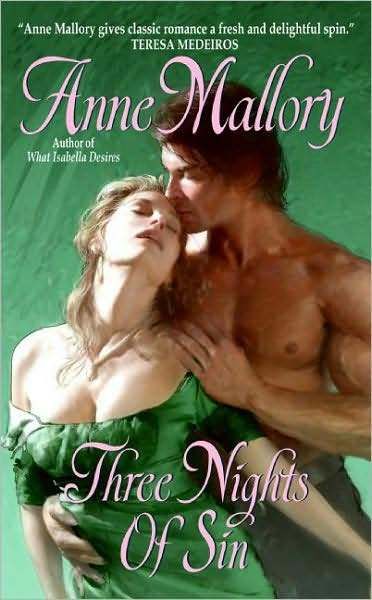
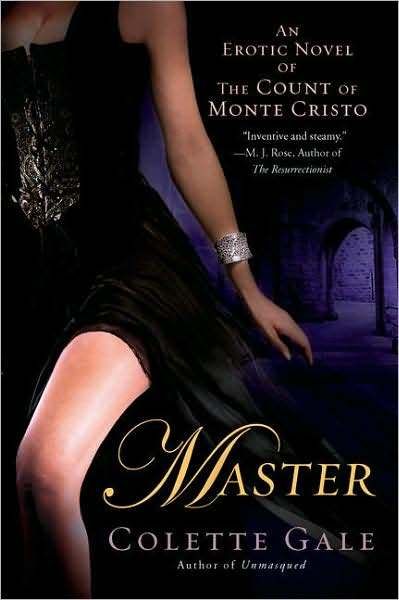
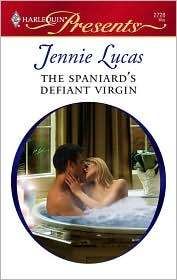


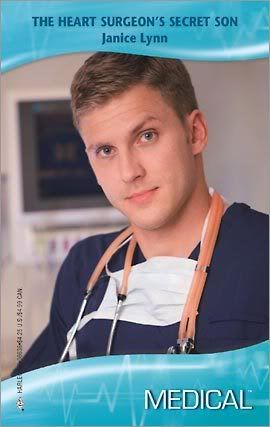

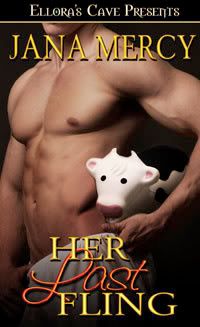
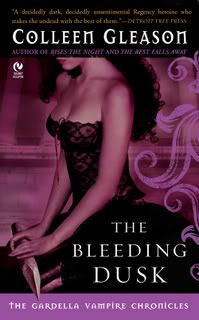


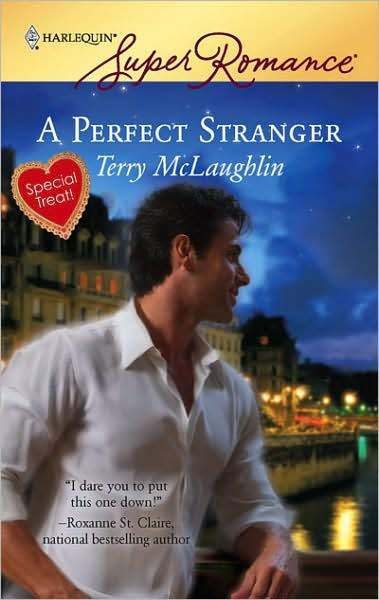

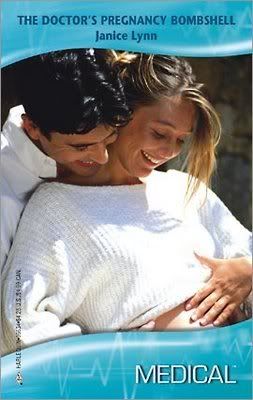
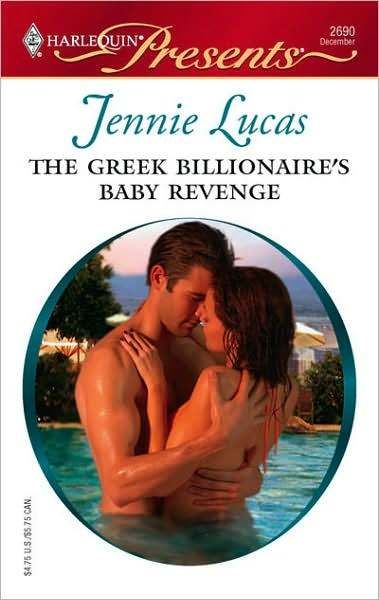

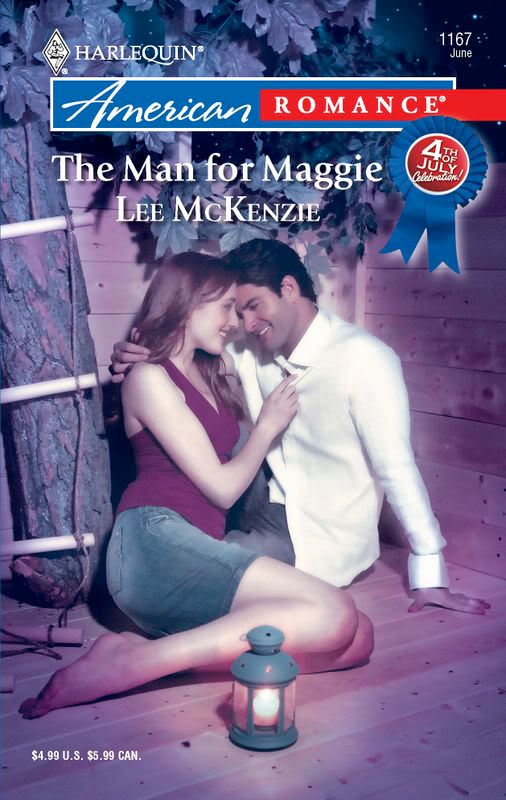
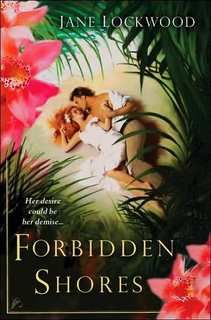

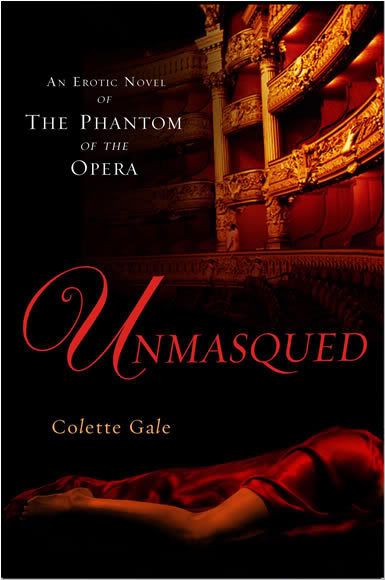
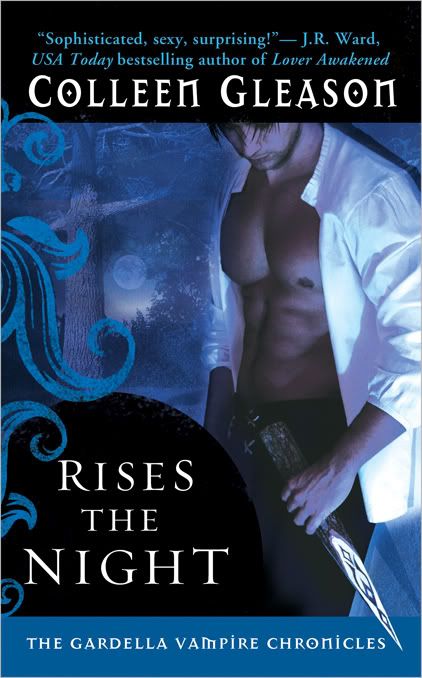
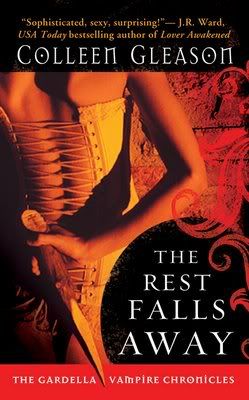
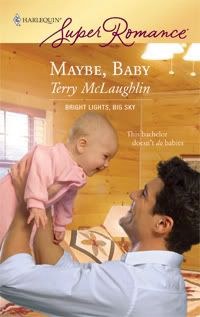
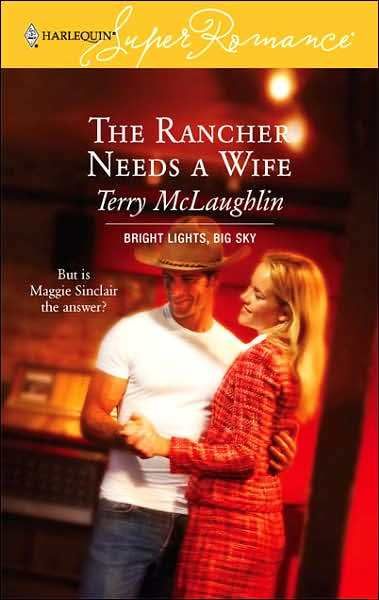
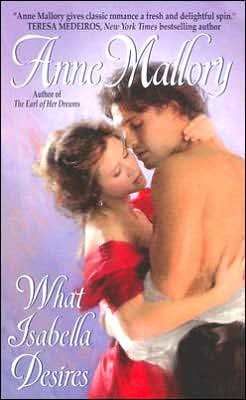
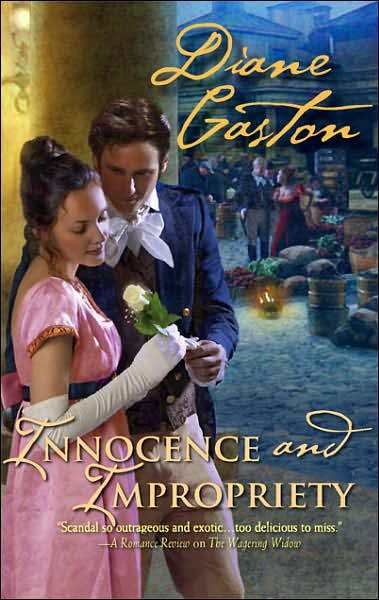
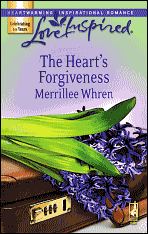
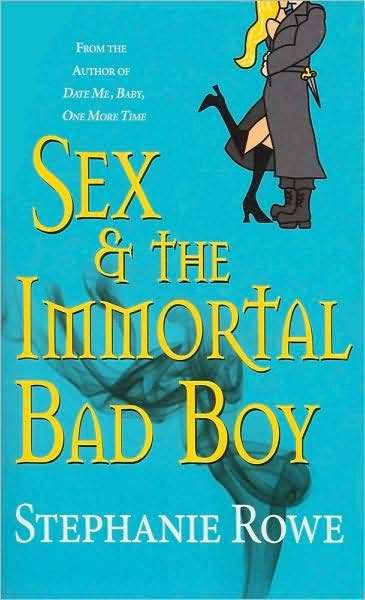
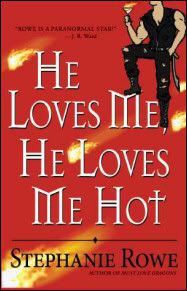
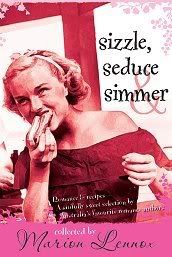
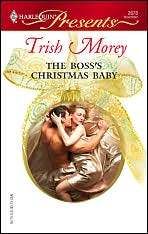
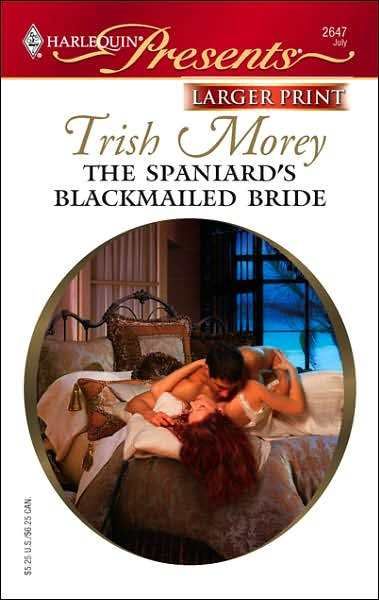
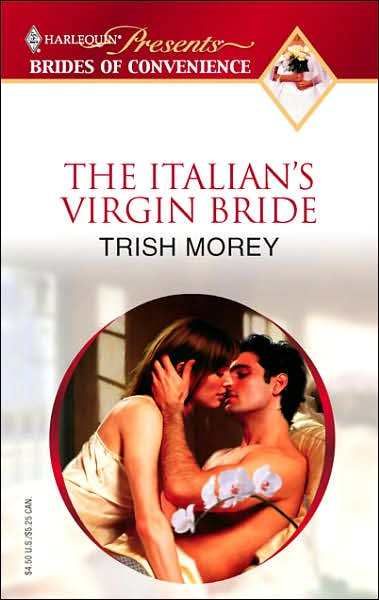
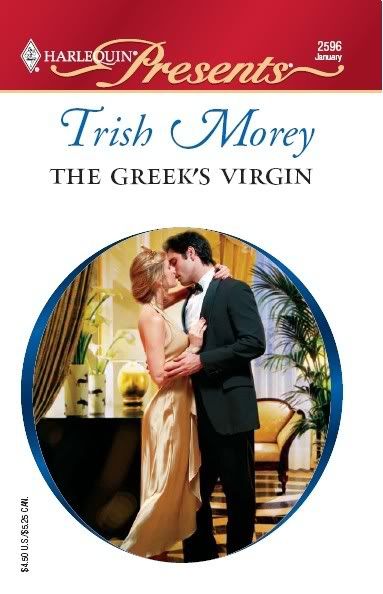

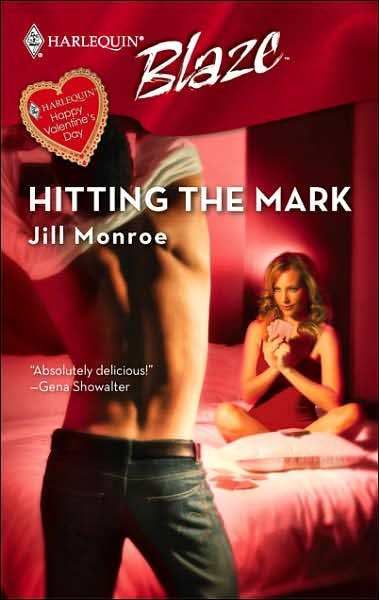
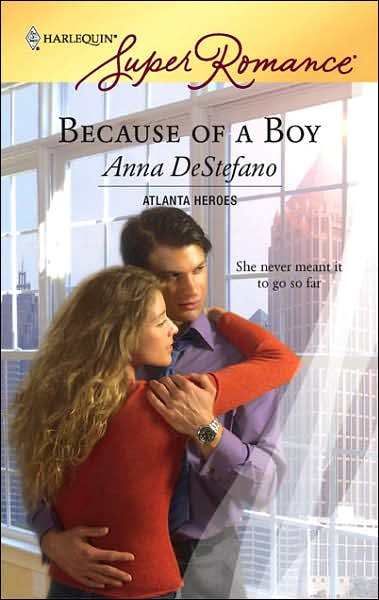

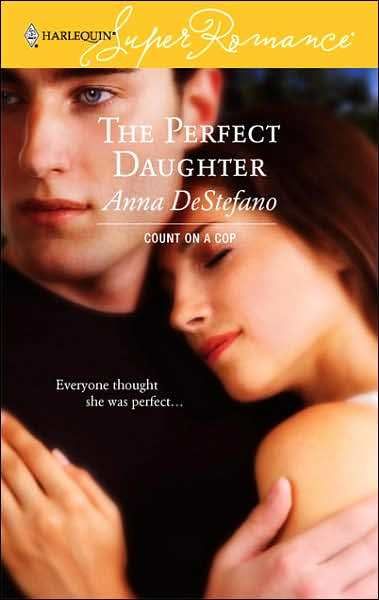
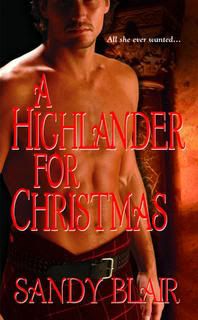
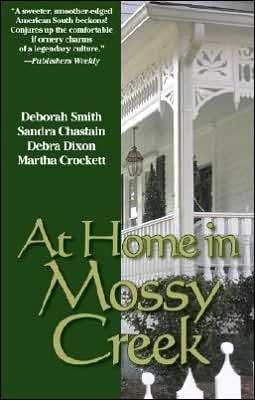
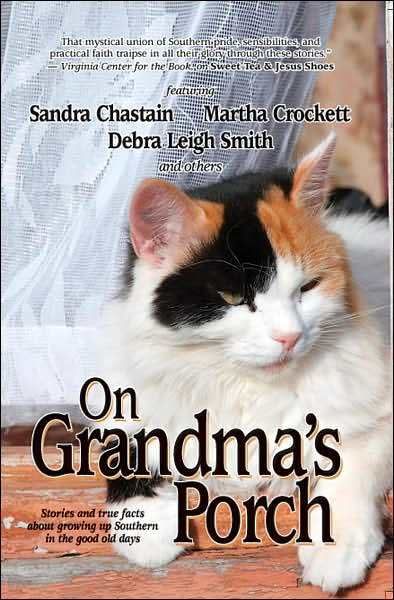
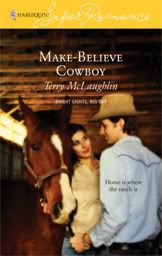

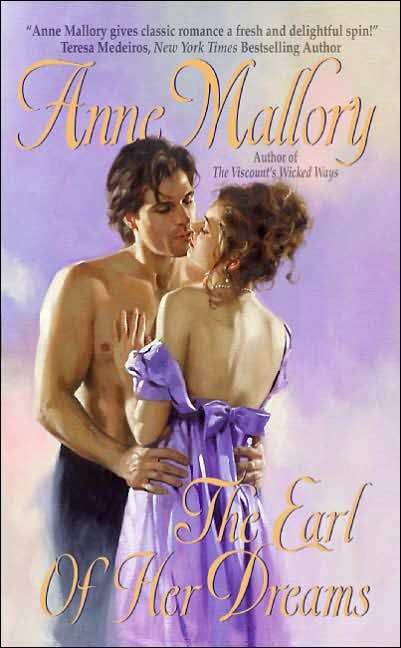
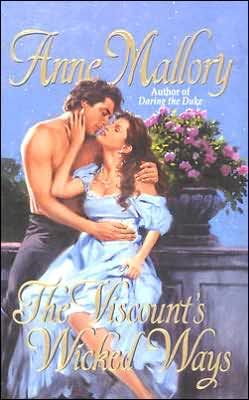
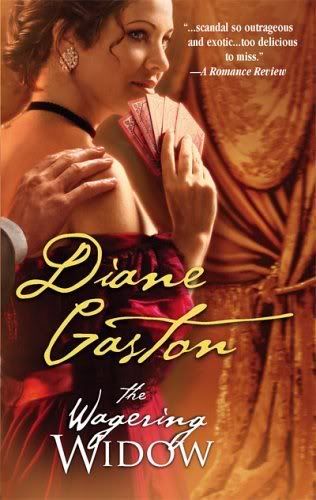
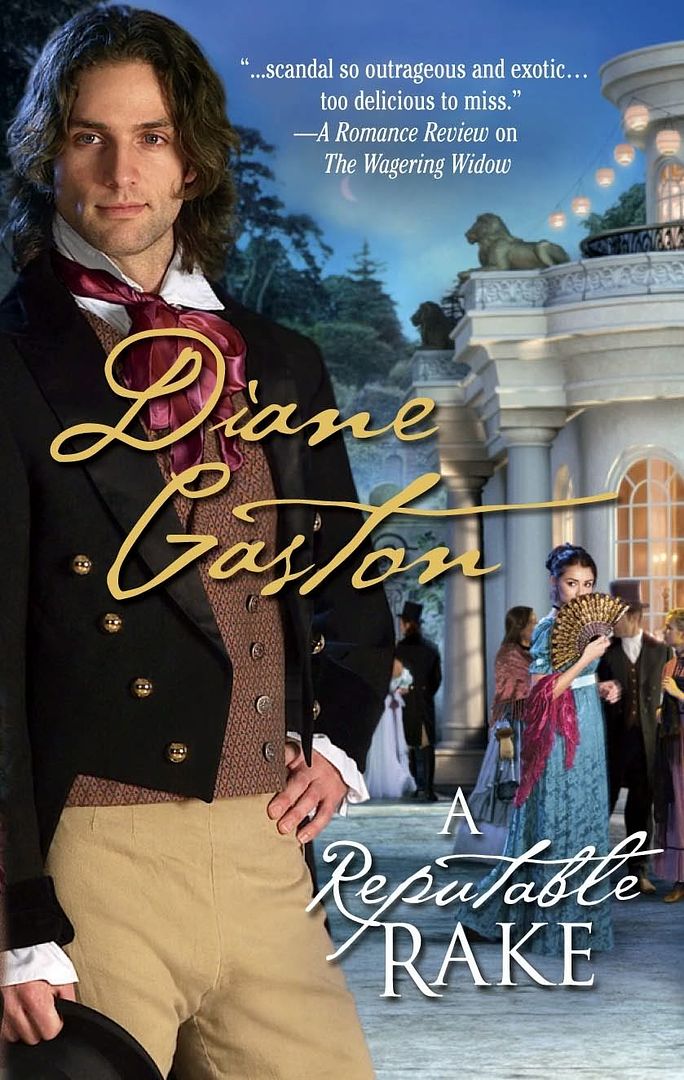
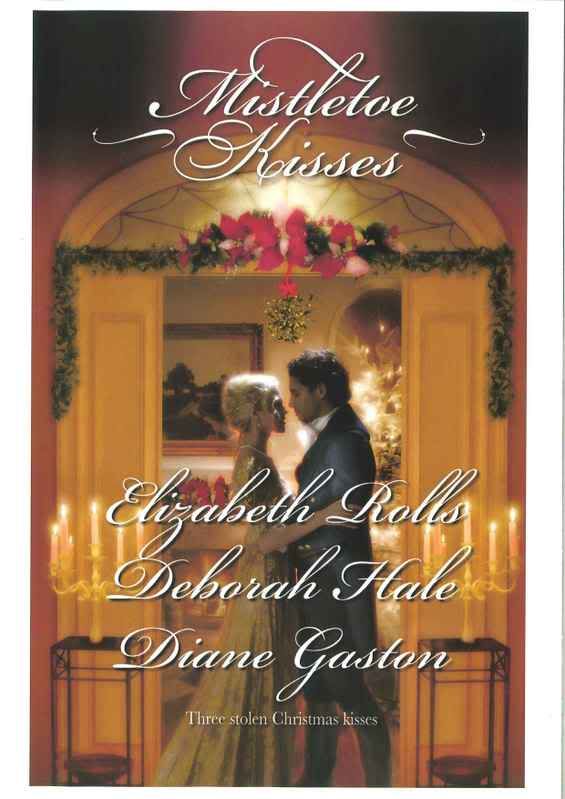
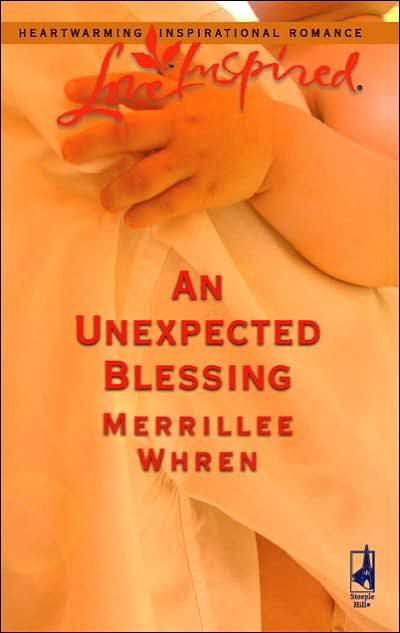

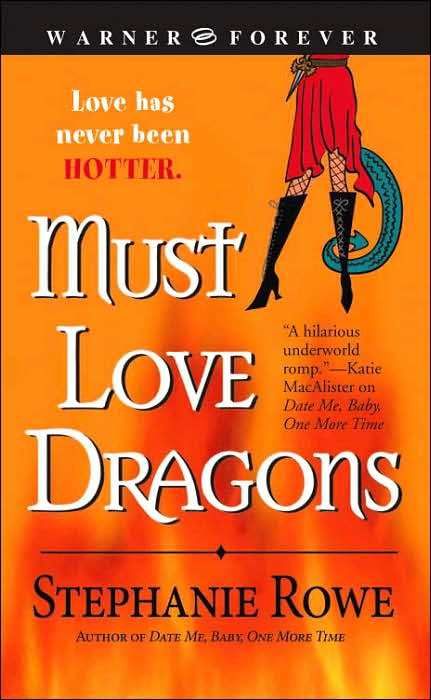
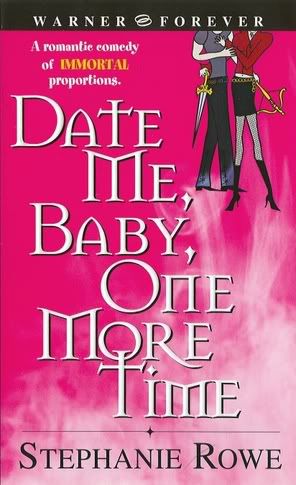
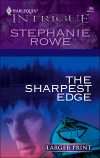
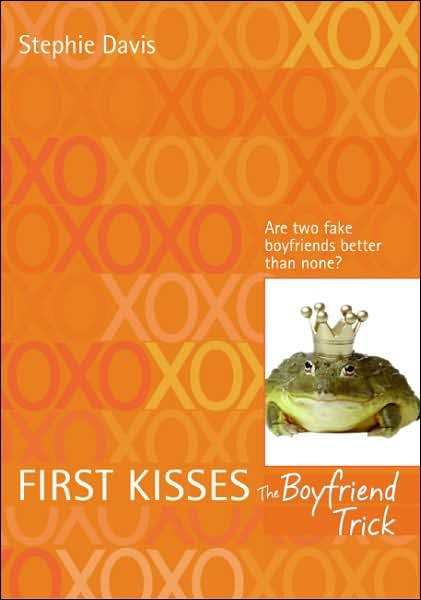
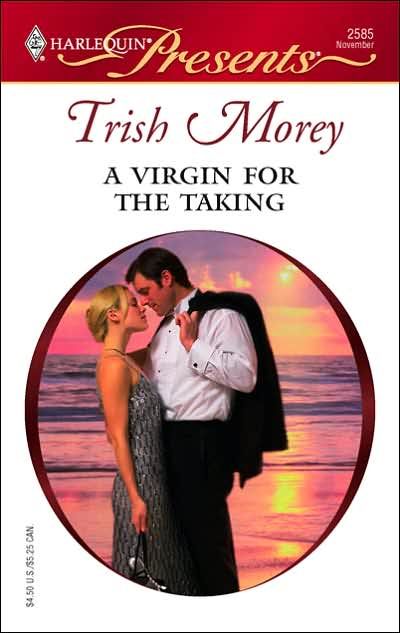
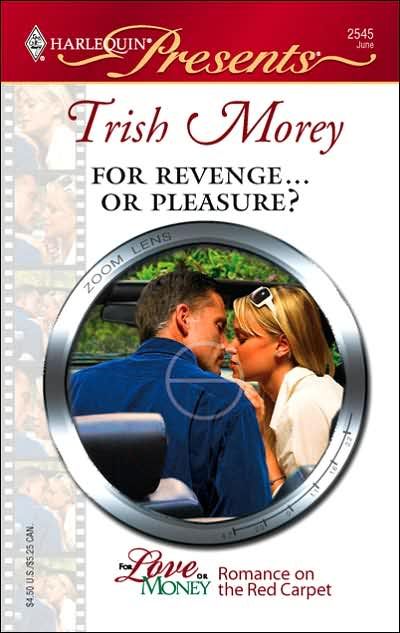
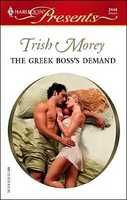



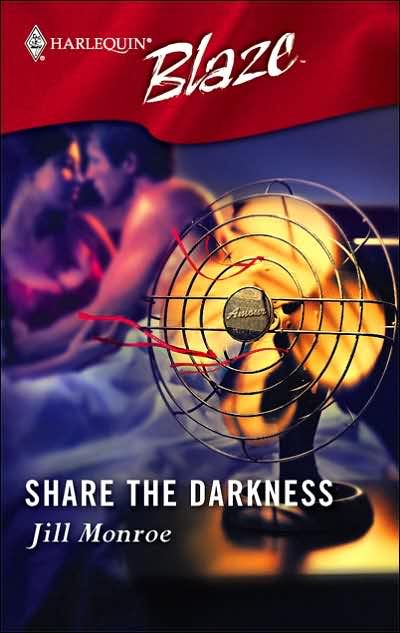

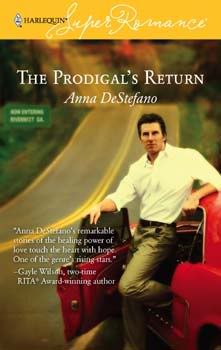


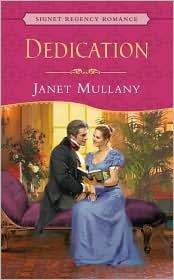
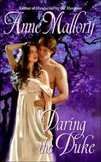
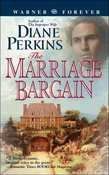
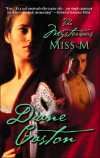

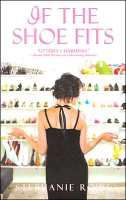

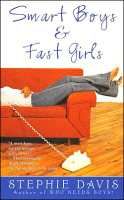


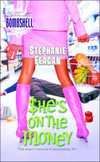
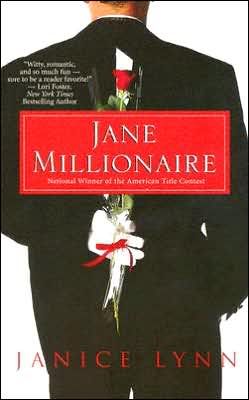


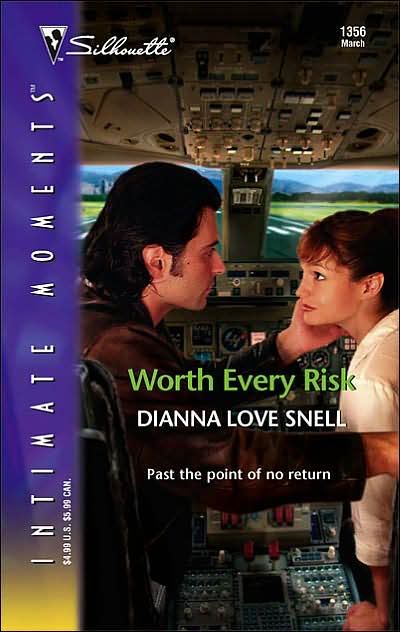
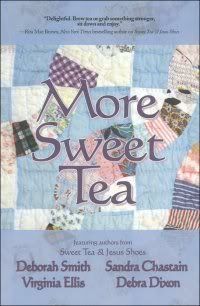
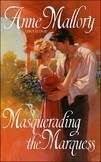
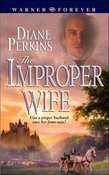
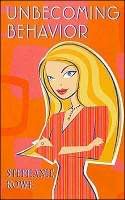
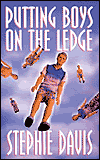

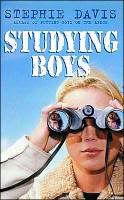
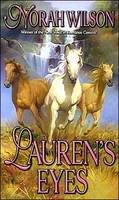
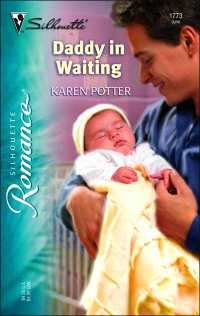
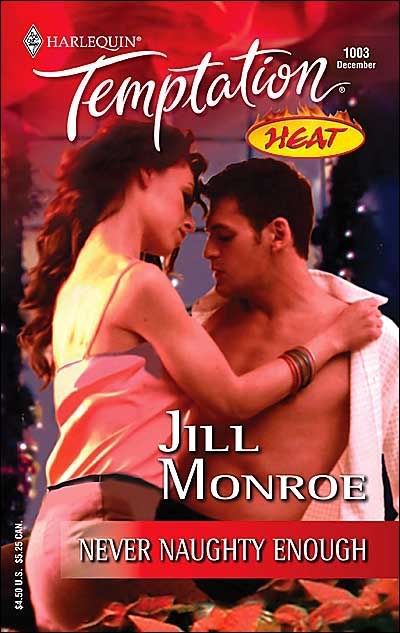





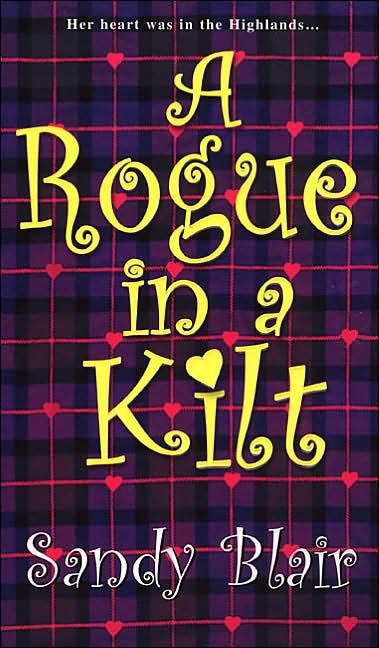

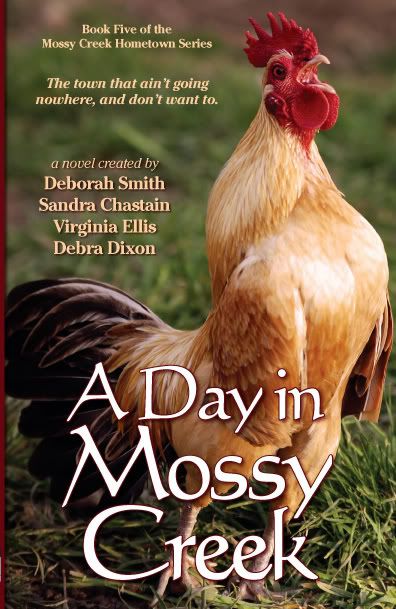

20 Comments:
Hi Diane :)
I wanted to say "hi". What a great distillation of M Hauge's philosophy on Plotting. I think I'm still incorporating it into my writing because I can see my women's fiction wip as a movie now ;) and my current picture book in a storyboard format(LOL!) instead of just text with a vague idea.
(PS I posted more to yesterday's discussion.)
I'll be checking in after exercise.
I need to get this guys book. I've heard nothing but great things. My friend sent me his six tips on ending each chapter and/or scene with a hook...or something like that.
All of my favorite books follow the steps you listed, Diane.
Eden, your women's fiction stories sounds fabulous. And it's nice that you have Kate's enthusiasm to back it up. Does she have the proposal yet?
Diane, I think it's very important to ask that question of every scene..."have I made the right thing happen at the right time and does it elicit maximum emotion?" If I'm reading a book and I don't feel anything, it's because it's blah...
I believe Theresa line from your blog was my favorite, too. I have to make sure that I don't pad the "wow" stuff with too much fluff, so this will remind me to let some of it stand where it's at or to put it somewhere else for maximum input.
No, I'm working on my partial pkg to send in this month.
Of the six elements, I think the one I miss the most is the Aftermath. I've read too many romances that save the finally-found-you love-you-forever for the last two pages, and then it's over. There's no real opportunity to revel in the joy and contentment. I want to be able to savor the happiness they share. I find I like it best when the couple recognize their love for each other and then have to face some outside problem together. ~Judy T
I love structure, so MH is right up my alley. It's a good model to follow when plotting or revising.
Eden, I'm glad we've helped you a little!
Theresa, yes, you ought to get the book at least (on sale on Amazon).
Judy T, I think of the Aftermath as the epilogue, which Mills & Boon always wants me to put in. I, too, like getting a glimpse of a hero and heroine in their happily ever after.
Amy, that's a good point, to use a plot structure when you are revising. That's when you really can tell if you have it all in and in the proper places.
Ladyhawk: I'm with you. I love the aftermath, and feel deprived when it's not there.
Hauge's plotting stages feel really intuitive to me, but it's nice to see them codified. I'm SUCH a plotter. I honestly can't move forward anymore if I don't know where I'm going. Kind of sad, really.
Ok, I'm off to use up the rest of my lunch period comparing my story arch to his plot structure.
Excellent post--I'll be back!
Diane - that's one of the things I've always like about your books, though even without the epilogue (which I always enjoy) you still give time to enjoy the happily-ever-after. I have read novels where everything is resolved in the last two pages. So there's 250 pages or so of angst and then 2 pages of all's right with the world. If you blink it's over, and you've missed it! LOL! I've noticed all my favourite writers give me time to enjoy the end.~Judy T
I want his book too. Everything I've heard about Hauge's process and his workshops has been good. It all makes such sense to me.
I'm curious how many agree with his notion that setting the scene is necessary and as much as 10% (30 pages in a 300 page book) of the story. I think I understand what he is getting at--pretty easy to see by watching any movie, especially romantic comedy--but I still hear authors/agents/editors say, "Jump right into the action".
And I agree with Judy. Too often the aftermath gets short shrift.
Hi,
Sorry, for the interruption, but I have a pressing little off-topic question and I know Diane knows the answer: How do you format a contest submission to make sure it has 25 lines per page? I've only done it once, and I can't remember. Thanks.
Hi Eden,
While you are in your document go to FORMAT and then PARAGRAPH and then under LINE SPACING type in "exactly" at 25 (scroll to 25)
Patricia, I see what you mean...10% seems like an awful lot of setup. It has to be a pretty interesting setup to keep me interested and turning the pages before getting the "meat" of the story. It seems pretty easy to set up in the ordinary life in a few pages...
I agree with everyone else in that I don't like abrupt endings. After reading a good story or watching a good movie, you want to savor the satisfying conclusion for longer than a few pages.
Yipes. I've been out to dinner with my friend Mary Blayney.
Eden, did Theresa's way work for you? If not, try Format to Paragraph to Line Spacing. Set the first field to "Multiple" and the second field to "1.9"
And good luck in the contest!
Patricia,
I think the 10% thing is the difference between popular fiction and the movies. This is where you have to think of what works better for your story. Lots of us start the book at that first turning point. I certainly did for The Vanishing Viscountess. After a few pages of set-up, the hero and heroine are in a shipwreck and that is the turning point.
Count me in for Hauge's book. Sounds like a real winner. However, I am so stubborn I would write my story first and then see how closely it follows this formula. I am a pantser, although I usually know the basic story arc when I get started. It is only when the real inner conflict shows up when I am almost finished with the book that it gets hairy!
I have to agree with Patricia though. So many times you read that editors/agents want you to jump right in and snatch the reader up by the hair so to speak.
You definitely did that in VV O Divine One!
Pam, you sound like me. I'm a pantser, too! But I LOVED Michael Hauge's talks at RWA National. I learned so much.
As for editors wanting you to jump right in, I recently got a contest entry back from Leslie Wainger where she wanted more balance with the action, more character. It's a fine line - someday I'll find the balance!
Count me in for Hauge's book. Sounds like a real winner. However, I am so stubborn I would write my story first and then see how closely it follows this formula
O Doggy One, this is essentially what I do. I write my synopsis with a plot structure in mind, but then don't look at it again until I've finished the book. Then I check to see if the structure fits.
I think many of us have a sense of "story" and intuitively impose this sort of structure on our work. Others of us have to learn the structure. Either way works.
Theresa & Diane,
Thanks for the formatting help, too.
Eden, I wish you loads of good luck to accompany all the hard work you're putting in! :)
My story doesn't follow this. Bam-! action. His new situation is very mixed with the set-up. Then they have a small series of scenes/sequels, then bam again-black moment. It moves him closer to his external goal, and does the same for her, but ups the conflict for them internally. Then a bit more scenes, sequels, until bam, they have their external goals completely within their grasp and their internal goals are in shambles. Then the final push.
I totally agree with the aftermath thoughts. I love thinking about any h/h after their HEA. My biggest worry is how keeping the prologue I want affects the next set of stories.
I like the format on the plotting. I am going to keep this for reference...if I ever get to writing a book...If anyone had ever told me that I would want to write a book when I was younger, I would've laughed at them! But I guess different stages in life brings you to different paths...
Post a Comment
<< Home
Subscribe to Post Comments [Atom]